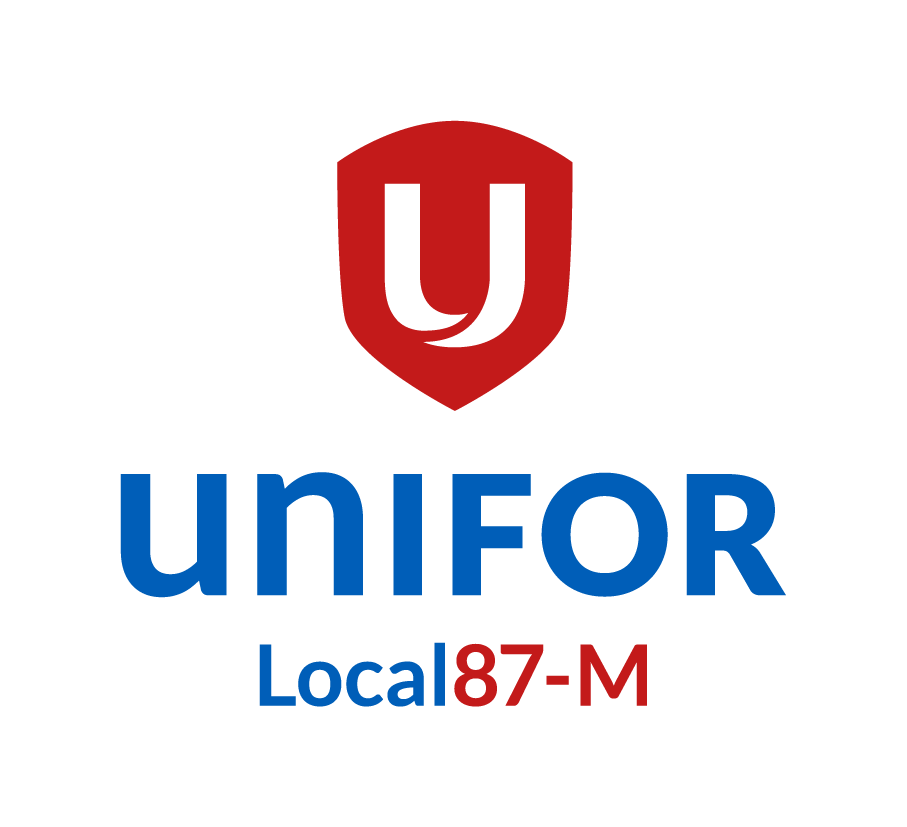Internet Service Provider levy a no-brainer
By Howard Law, Director, Unifor Media Sector
In a sea of American TV news and entertainment, airing our own local news and Canadian programs preserves a little corner of Canadian life.
This has been a Canadian fact of life since television was invented: two national audiences that share a common border and language, except one market is 320 million and ours is 36 million.
Left to natural market forces, Canadian news and entertainment have almost no chance. Big American studios make their profit long before they export their best programming to Canada at no extra cost.
That’s why for fifty years Canadian government had to find ways to fund Canadian news and entertainment.
The Canadian system depended on two things: advertising dollars staying in Canada to pay the bills of Canadian broadcasters; and cable and satellite TV companies contributing five per cent of their revenues to the Canada Media Fund and local programming so that our news and entertainment has a chance.
But in recent years Google and Facebook have devoured the Canadian advertising market, leaving far less money to pay the bills at Canadian newspapers and television stations.
When 90% of television revenue comes from advertising, this is a big deal. It makes the changes in the “five per cent” Canadian content levy all the more important.
Three years ago, these Canadian content contributions peaked at $490M annually, funding local news, Canadian programs and movies. Now it’s less than $440M and going down every year.
The growing phenomenon of cord-cutting, cord-shaving, cord-nevering is hurting the Canadian cable and satellite companies who contribute that five per cent to Canadian programming.
It’s obvious the consumer shift from cable TV to Internet streaming is the way of the future. It’s simply a matter of how long it takes and how quickly the broadcasting of news and entertainment moves from cable to internet.
As you could probably guess, the Canadian media companies selling you cable and satellite TV are mostly the same that sell you streaming data as Internet Service Providers (ISP).
Bell, Rogers, Corus/Shaw, Québecor make good money selling you the pipe that brings you news and entertainment, whether its cable or Internet. In fact, in most cases you are getting news and entertainment through the very same fibre optic cable, be it cable or Internet.
It only makes sense to replace the “five per cent” levy from the declining cable and satellite network with a similar ISP levy.
Is this a “tax”? The T-word is the inflammatory way of mobilizing opposition against Canadian content. People just assume that the five per cent would be passed onto the consumer, before we’ve even had a public discussion about it.
Prime Minister Trudeau rejected the idea of an ISP levy about ten seconds after the Liberal-dominated Parliamentary Heritage Committee endorsed it. It was so hasty, the Committee’s Liberal chair Hedy Fry wondered aloud if the Prime Minister read her report.
Surprisingly, the opportunistic attacks on an ISP levy don’t come from the ISP companies.
They come from opposition politicians, like Conservative MP Peter Van Loan who spoke out the same morning that the Prime Minister did.
Objections to the ISP levy also come from Internet advocates like Open Media who view the Web as a de facto public service that should be as affordable as possible.
There’s some merit to that concern. That is why Unifor endorses an ISP levy with an exemption on the first $25 of monthly Internet bills to reflect the “essential” share of the data we consume to stay plugged into the world (but not exempting the data we consume amusing ourselves gaming or watching movies).
Such an ISP levy would raise about $120M annually for Canadian content and would grow as the cable fund’s $440M shrinks.
If you agree, let’s help the federal government get the point.
This column was reprinted with permission from Media Action Plan
